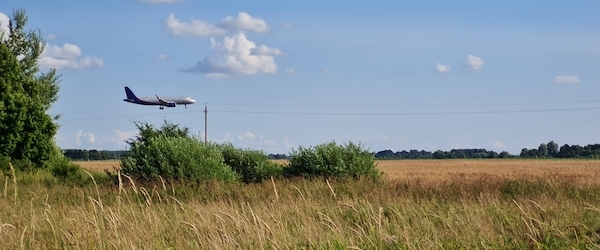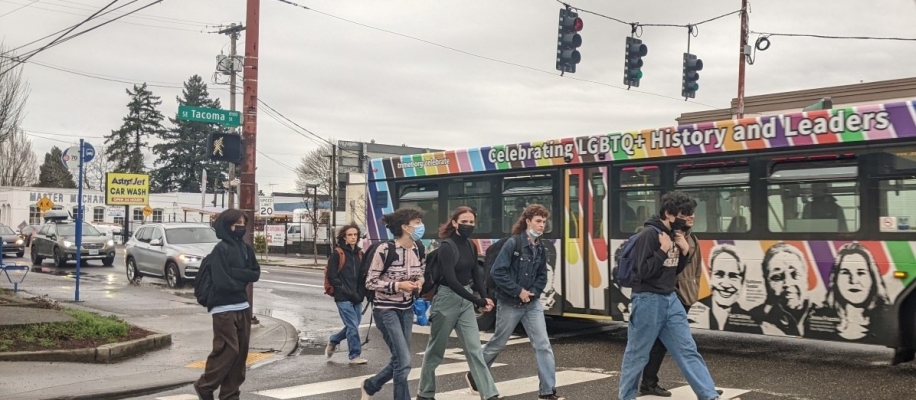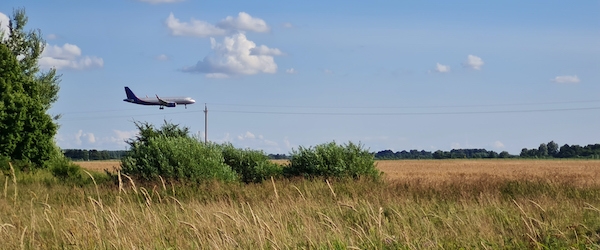Passenger aviation is a driver of the US economy, contributing over 4% to US GDP every year. While most large metropolitan areas in the United States have easy access to global air transportation networks through major hub airports, residents of small, remote communities may struggle to access such opportunities. To improve access for such communities, Congress established Essential Air Service (EAS), which provides subsidies to airlines to provide service from certain remote communities to larger hubs. While the costs of EAS have been well studied, little to no research has studied the benefits of EAS.
Research conducted by Austin Drukker, a National Institute for Transportation and Communities (NITC) Dissertation Fellow, sought to quantify the benefits of EAS to remote communities in order to understand whether EAS accomplished its goal of connecting these communities to the national air transportation network, or whether Congress should consider other policies to meet this objective.
THE RESEARCH
The researcher posed three main questions:
- How much do remote communities value Essential Air Service?
- How does the value of Essential Air Service compare with its costs?
- Are there...











